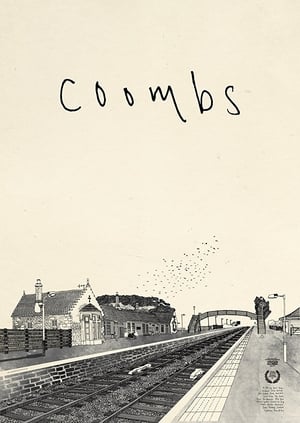
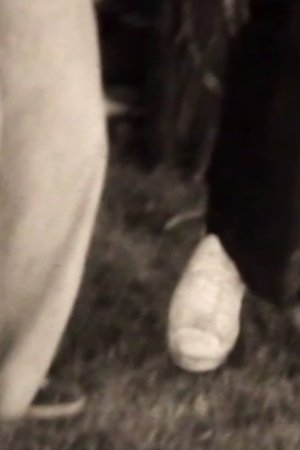
Tai Chi II(1975)
“Tai Chi II,” similarly to Elam’s “Tai Chi Bowling” and “Tai Chi,” focuses on movement. Through a sequence of close-ups, Elam coyly records portions of several individuals practicing tai chi, primarily focusing on the practitioners’ extremities as they float about. Distinct from its affiliates, “Tai Chi II” finds the action taking place outside.
Movie: Tai Chi II

Tai Chi II
HomePage
Overview
“Tai Chi II,” similarly to Elam’s “Tai Chi Bowling” and “Tai Chi,” focuses on movement. Through a sequence of close-ups, Elam coyly records portions of several individuals practicing tai chi, primarily focusing on the practitioners’ extremities as they float about. Distinct from its affiliates, “Tai Chi II” finds the action taking place outside.
Release Date
1975-01-01
Average
0
Rating:
0.0 startsTagline
Genres
Languages:
Keywords
Similar Movies
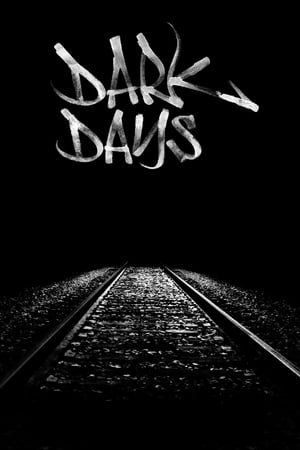 7.3
7.3Dark Days(en)
A cinematic portrait of the homeless population who live permanently in the underground tunnels of New York City.
Timber Front(en)
This black-and-white archival film outlines the importance of Canada's forests in the national war effort during the Second World War.
Still(de)
The documentary tells the story of Uschi, a farmer living free and recluded in the bavarian alps. Shot in epic black and white pictures, Still follows Uschi's life over a ten year period. From an untroubled summer of making cheese through pregnancy and the uncertain future of the parental farm, Matti Bauer portrays Uschi's struggle to keep alive the dream of a way of life that has become rather untypical in this day and age.
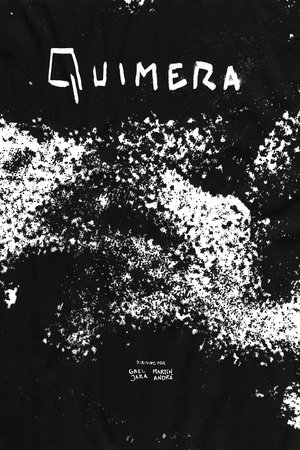 0.0
0.0Chimera(es)
A non-binary folk watches the handover of the first non-binary ID in the history of Chile. As they try to do the paperwork, they will face the bureaucracy of the legal proceeding.
 5.2
5.2Carmencita(xx)
The first woman to appear in front of an Edison motion picture camera and possibly the first woman to appear in a motion picture within the United States. In the film, Carmencita is recorded going through a routine she had been performing at Koster & Bial's in New York since February 1890.
 7.5
7.5Berlin: Symphony of a Great City(de)
A day in the city of Berlin, which experienced an industrial boom in the 1920s, and still provides an insight into the living and working conditions at that time. Germany had just recovered a little from the worst consequences of the First World War, the great economic crisis was still a few years away and Hitler was not yet an issue at the time.
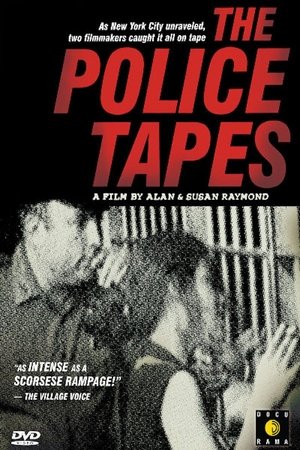 7.0
7.0The Police Tapes(en)
Filmmakers Alan and Susan Raymond spent three months in 1976 riding along with patrol officers in the 44th Precinct of the South Bronx, which had the highest crime rate in New York City at that time.
Monga ma loba - Der Götterberg(de)
The film documents the ascent of Monga ma loba, the mountain of the gods in the Cameroon Mountains, and a visit to the town of Buea. The material was shot on an expedition to Cameroon in 1934.
Bantu weiss nichts von Europa(de)
A visit to the Bantu in Cameroon and the indigenous town of Kumbo. The living and working conditions of the Bantu and Bororo tribes are shown as part of this expedition.
 0.0
0.0Excelsior(de)
An expedition through the mountains of Nepal, during which 9 peaks are climbed.
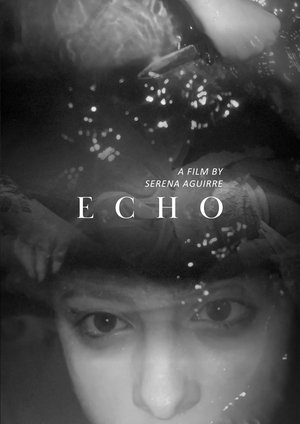 0.0
0.0Echo(en)
A reframing of the classic tale of Narcissus, the director draws on snippets of conversation with a trusted friend to muse on gender and identity. Just as shimmers are difficult to grasp as knowable entities, so does the concept of a gendered self feel unknowable except through reflection. Is it Narcissus that Echo truly longs for, or simply the Knowing he possesses when gazing upon himself?
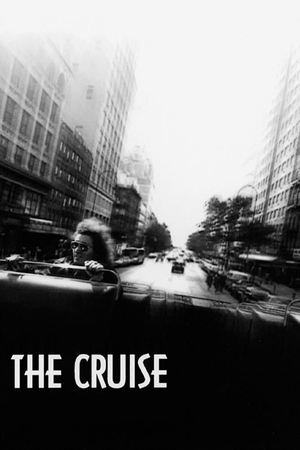 7.1
7.1The Cruise(en)
Affectionate portrait of Timothy "Speed" Levitch, a tour guide for Manhattan's Gray Line double-decker buses.
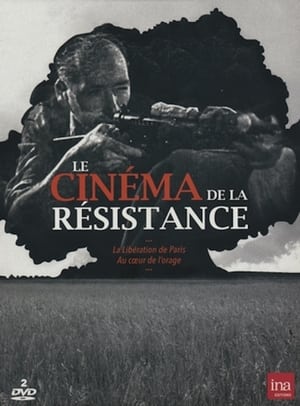 6.0
6.0The Liberation of Paris(fr)
French Resistance's documentary during the liberation of Paris in August 1944.
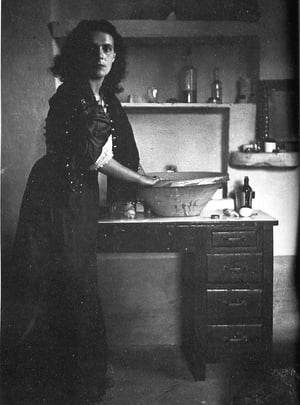 10.0
10.0Leonora Carrington or The Ironic Spell(es)
Cinema and painting establish a fluid dialogue and begins with introspection in the themes and forms of the plastic work of a woman tormented by the elongated specters, originating from her obsessions and nightmares.
 0.0
0.0Playgirl Models(en)
An overview of the best methods and techniques for taking nude photographs.

